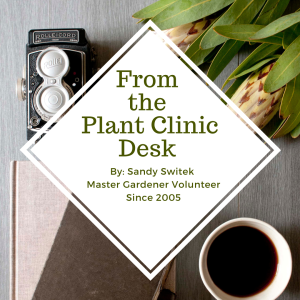Cold nights in Central Florida
After some cold nights, there have been some areas of our county which have received freeze damage, while others have escaped. If you are in one of the unlucky areas, and have some cold-sensitive plants, what do you do now? Is it best to cut the damaged plants back right away and begin to feed and water a lot?
Unfortunately, it is not yet spring, which means that it is indeed too early to try to revive your ailing plants. Just as the lawn needs to rest at this time of the year, the damaged plants need to do the same. The only thing which you can actually do is to water them some. Fertilization still needs to wait until spring, as does pruning.
Just wait
Why wouldn’t it be a good idea to tidy up your shrubs and trees to get rid of all of that ugly dead stuff? It is basically the same reason that you don’t prune them now anyway. This kind of treatment can encourage new growth which will be more sensitive to cold and could possibly be damaged again. Fertilizer can have the same effect. Another reason for leaving the ugly brown leaves and stems would be to provide the remaining parts of the plant with some natural cover to shield them from future freezes and frosts which could occur.
Yes, this creates a rather unattractive look in your yard if you have very many damaged plants. But, if possible, it is best to try to ignore the spectacle until spring.
Fortunately, there is an alternative for a few non-shrubby plants which look particularly bad. Heliconia only blooms once per stalk, so if your plants already bloomed last year and weren’t cut back, now is the time. Mulch can be used to protect the roots. Most Ginger plants fall into that category as well. In this case, we can practice my favorite humorous sayings, spoken by Tom and Joani MacCubbin. “If you can’t stand the brown, prune it down”. This one is followed by, “When you can’t stand the black, hack it back”. And then there is always the fact that no one will arrest you for applying this practice to your shrubs too, but we all recommend waiting as the best choice.
Once spring arrives
You will be better able to tell which plant stems are actually dead, and which are alive. This will actually make your pruning project much easier. Often, the stems do not die immediately after a freeze, but the damage progresses slowly over time. This means that you may have to prune multiple times as the stems continue to die, if you prune too soon.
Here are a few recent photos:
- The foliage of the red spiral ginger is not hardy in zone 9, though the plant is capable of coming back from roots.
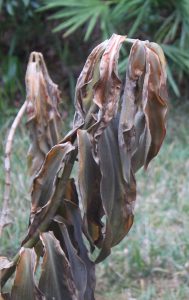
- The variegated shell ginger is hardy in zone 9b.
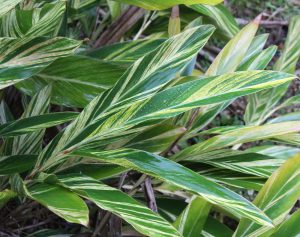
- The hibiscus near the house on the south side managed to escape damage.
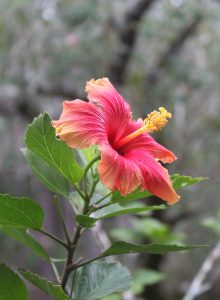
- The native woodlands always look good.
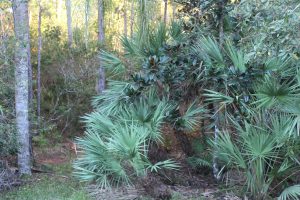
Need more information:
For more information about Florida Friendly Plants you can email me at epabon5@ufl.edu or like us to learn about new classes or events at Gardening in Central Florida
By: Sandy Switek since 2005 and Eva Maria Pabon Residential Horticulture Agent
Do you want to read more about gardening? Follow our blog Eva Pabon, Author at UF/IFAS Extension Osceola County (ufl.edu)
 0
0
